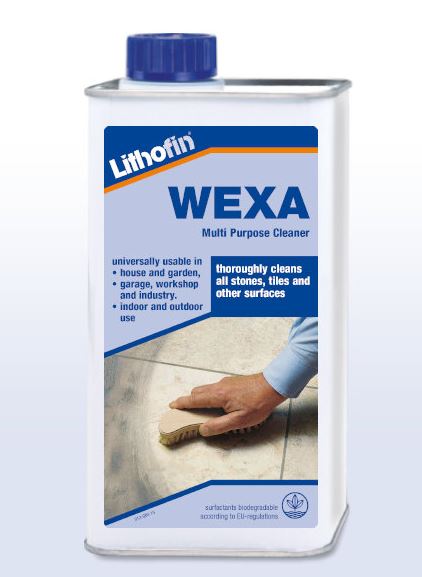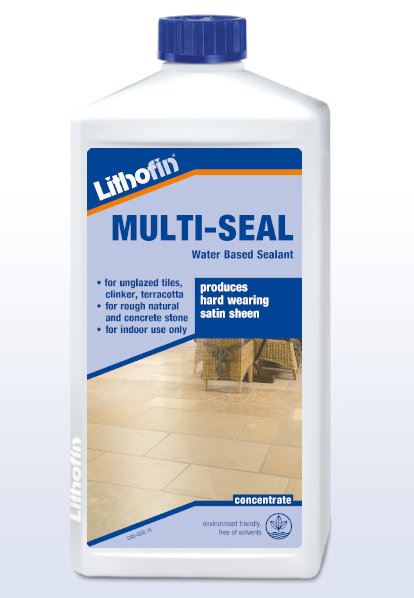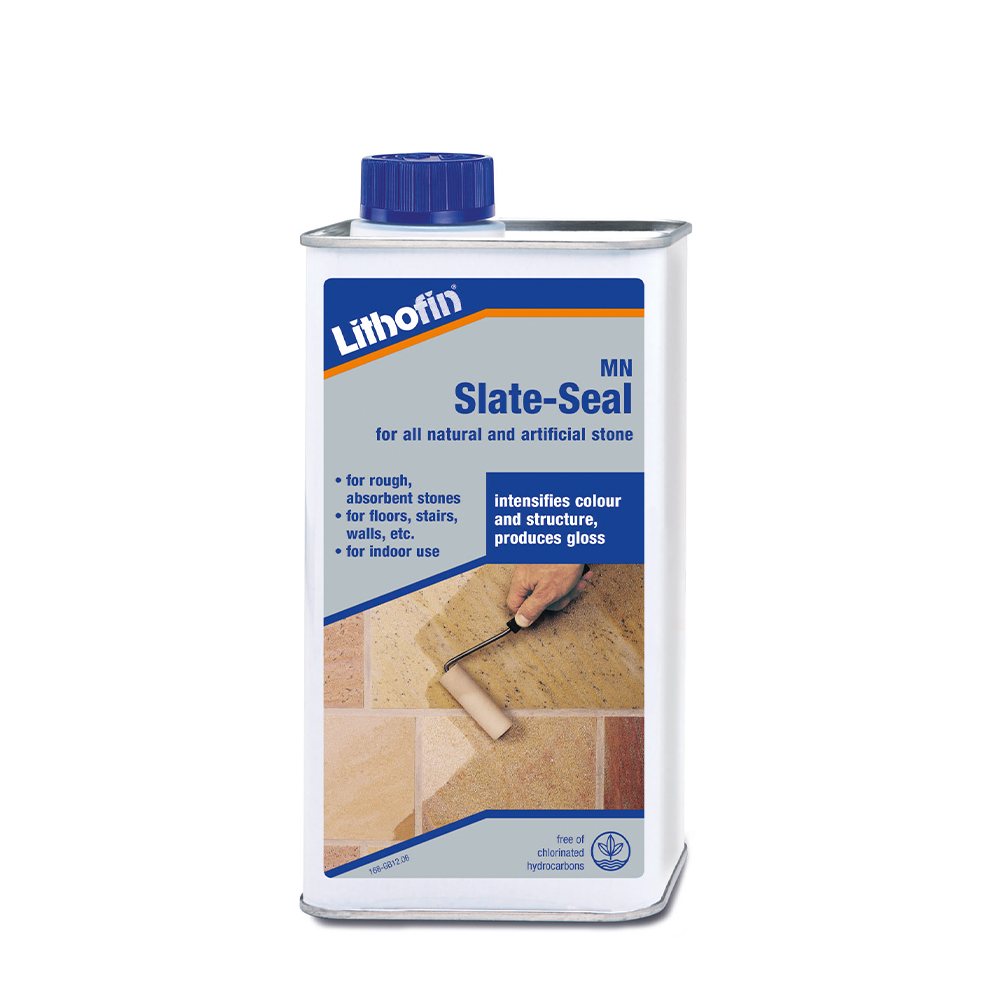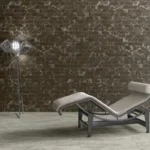Natural stone tiles are a very tempting choice for kitchen floors. Ideal for creating a natural, cosy, country kitchen, these tiles require specific care and maintenance to keep them looking their best and to ensure they last for as long as possible, no matter how much traffic your kitchen gets.
With our expert tips and tricks, you can easily maintain your stone kitchen floor tiles and enjoy the aesthetic and functionality they bring to your indoor space for years to come.
Understanding Your Stone Floor Tiles
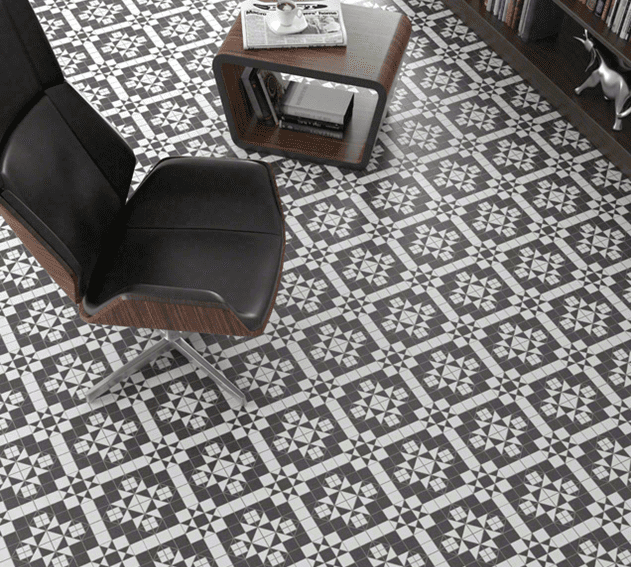
Stone floor tiles for kitchens come in various types, including granite, marble, and limestone. Each possesses unique patterns and colour variations, enhancing the aesthetic appeal of your kitchen.
- Granite tiles are renowned for their durability and resistance to scratches and heat, making them a popular choice for high-traffic kitchen areas.
- Marble tiles exude a classic beauty and offer a high-end look but are more porous and susceptible to staining.
- Limestone tiles have a natural, rustic appeal, although they require more maintenance as they’re softer and can easily be scratched or scuffed.
Maintaining your stone kitchen floor tiles is crucial for their longevity. Proper care and maintenance won’t only retain their natural beauty but will also extend their life, saving you from costly replacements in the future.
Daily Maintenance Routines for Natural Stone Kitchen Floor Tiles
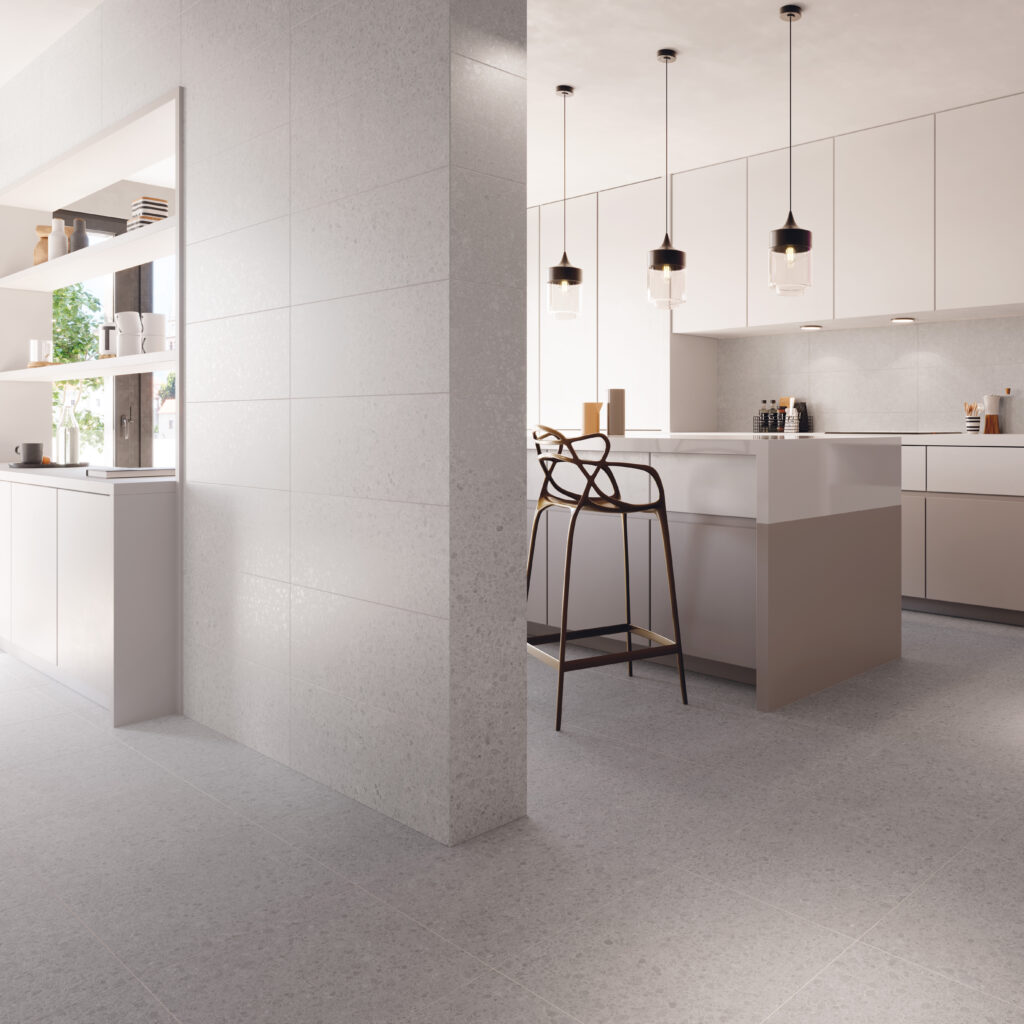
The daily maintenance of your natural stone kitchen floor tiles can be as simple as a three-step process: sweeping, mopping, and drying.
| Action | Reason/Additional Information | |
| Sweeping | Begin your routine by sweeping the floor with a soft-bristle broom. | Removes dust and loose debris to prevent scratching the surface of the tiles during the next steps. |
| Mopping | Mop the floor using a damp (not wet) mop and a stone-safe, pH-neutral cleaner. | Avoids using large amounts of water, which can seep into the pores of the stone and cause damage. |
| Drying | Use a clean, dry mop or towel to remove any remaining moisture. | Prevents water spots and mineral deposits from forming by not allowing the floor to air dry. |
Deep Cleaning Strategies for Stone Floor Tiles
Just as your daily cleaning routine is pivotal in maintaining your stone floor tiles, occasional deep cleaning measures are equally essential to tackle stubborn dirt and stains that daily cleaning fails to eliminate.
1) Deep Cleaning With a pH-Neutral Stone Cleaner
For deep cleaning, utilise a pH-neutral, stone-safe cleaner designed specifically for stone floor tiles. We recommend Lithofin Wexa for a thorough clean.
Apply the cleaner according to the manufacturer’s instructions, typically diluting with a specified amount of water. Scrub gently using a soft, non-abrasive scrubbing pad or brush, ensuring it doesn’t scratch the stone surface. Rinse thoroughly with clean water and dry with a clean towel to avoid watermarks.
2) Steam Cleaning
Steam cleaning your stone tiles can be an effective deep cleaning method, especially for porous stones like marble and limestone. The steam penetrates the pores, dislodging grime and bacteria.
Consider hiring a professional service for this to ensure the steam temperature and pressure are correctly adjusted to your stone type.
3) Poultice Treatments
For persistent stains, a poultice – a paste made from a white absorbent material (like chalk or cat litter) and a specialised chemical or detergent – may be required.
It’s applied to the stain and covered with plastic for 24 to 48 hours, during which the poultice draws the stain out from the stone.
Remember, always test these deep-cleaning methods in an inconspicuous area first to ensure they don’t discolour or damage your beautiful stone tiles.

4) Dealing With Scratches & Repairs
Even with meticulous care, your stone floor tiles may occasionally endure scratches or require minor repairs.
Here are some tips to handle such incidents:
| Damage Type | Solution | Additional Tips |
| Surface Scratches | Buff out using fine steel wool. | Rub gently in a circular motion and check frequently to avoid further damage. |
| Deep Scratches | Use a stone colour enhancer to darken the area and blend it with the rest of the floor. | Consider hiring a professional for a more seamless repair if necessary. |
| Chipped or Cracked Tiles | Replace the damaged tile. | Carefully remove the damaged tile without disturbing the surrounding tiles. Apply adhesive, set the new tile, and allow it to dry before applying grout. |
Preventative Measures for Stone Floors

Kitchen tiles receive a lot of wear and tear in a short amount of time, due to the busy nature of kitchens in our households. Even durable natural stone tiles can benefit from some preventative measures that help them resist the signs of heavy use, such as scuffs, scratches, and cracks.
Here are some of our top preventative measures to help you protect your natural stone tiles and keep your floor safe and beautiful.
1) Sealing & Protecting Your Tiles
Sealing is crucial to maintaining the beauty and longevity of your stone kitchen floor tiles. It provides a protective layer that prevents spills, stains, and dirt absorption into the stone. This is particularly important for porous stones like marble and limestone, which are more prone to staining and water damage.
To seal your stone kitchen floor tiles, we recommend the Lithofin Multi-Seal Universal Sealant for all types of stone tiles or the Lithofin MN Slate Seal for natural stone tiles.
The sealant usually takes a few hours to dry, so avoid walking on the tiles during this time. It’s recommended to reseal your stone kitchen floor tiles every two to three years, with high-traffic areas potentially needing more frequent sealing.
2) Preventing Scratches & Cracks
When it comes to kitchen floor tiles, stone is an incredibly durable option, but that doesn’t mean they’re indestructible. To make sure your tiles stand the test of time, it’s important to take steps to prevent scratches and cracks that occur.
Preventing scratches and breaks in your stone floor tiles is largely a matter of taking precautions in your daily use and care of the tiles.
- Use Protective Pads: Apply felt or rubber pads to the bottom of chairs, tables, and other heavy furniture fixtures that come into contact with your stone floor. These pads will help to avoid scratching or chipping the tiles when moving furniture.
- Avoid Dragging Heavy Objects: Never drag heavy items across your stone floor. Instead, lift and move them or use a padded dolly to transport heavy items to prevent damaging the stone flooring.
- Use Door Mats or Rugs: Placing kitchen mats or rugs where the floor is likely to come into contact with sharp or abrasive materials can reduce the chance of scratches and cracks.
- Regular Cleaning: Regular cleaning can prevent small, sharp debris from causing scratches on stone tiles. As discussed earlier, a daily sweep or mop with a soft broom or mop can be effective.
What to Avoid When Caring For Your Floor Tiles

While there are many beneficial practices for maintaining your stone floor tiles, it’s equally important to be aware of things to avoid.
First and foremost, refrain from using acidic or alkaline cleaners, as they can damage the stone’s finish – this includes common household substances such as vinegar or bleach.
Also, avoid using excessive water during cleaning, as it can seep into the stone’s pores, causing potential damage.
Another practice to avoid is letting spills sit. Always address them immediately to prevent the risk of staining, particularly with substances like red wine or oil. Don’t rely solely on a visual check for resealing; test the sealant’s effectiveness with water droplets at least once a year. If the water is absorbed, it’s time to reseal the tiles.
Lastly, avoid dragging heavy furniture or appliances across the stone floor, as it can lead to scratches or cracks. Opt to use protective padding or lift the items instead.
Enjoy Beautiful, Well-Maintained Stone Floor Tiles
Maintaining your stone kitchen floor tiles is an investment in their enduring beauty and longevity. With daily care, regular deep cleaning, and appropriate preventive measures, your tiles can withstand heavy traffic, resist stains, and enhance your kitchen’s aesthetics for years.
Why not check out our range of stone floor tiles and stone effect tiles online?
For more tile tips from our tiling experts or tile inspiration, check out our blog!
FAQs
The best stone for kitchen flooring depends on your specific needs and preferences. Granite is an excellent choice for high-traffic areas due to its durability and heat resistance. Marble offers a high-end, classic beauty but requires more maintenance.
Limestone adds a rustic appeal to your kitchen, but it’s softer and may need more care.
Ultimately, consider factors like your kitchen’s use, your maintenance capacity, and your aesthetic preferences when choosing.
Stone flooring is an excellent choice for your kitchen due to its durability and aesthetic appeal. It offers a natural and high-end look that’s hard to match.
However, it requires regular maintenance to keep it looking its best. Each type of stone has different characteristics, so choose one that suits your lifestyle and maintenance capabilities.
The best kitchen floor tile depends on your lifestyle, budget, and design preferences. Ceramic and porcelain tiles are popular for their durability, affordability, and wide variety of designs.
Natural stone tiles, like granite, marble, and limestone, offer unique textures and patterns. However, they do need more maintenance. For a warm, natural look, consider wood-look tiles.
Generally, natural stone tiles tend to be more expensive due to their unique patterns and durability. The way in which the material is sourced and processed also affects the cost. They also produce a more luxury aesthetic.
On the other hand, ceramic tiles can be more budget-friendly but still come in lots of great colours, patterns, and designs.


